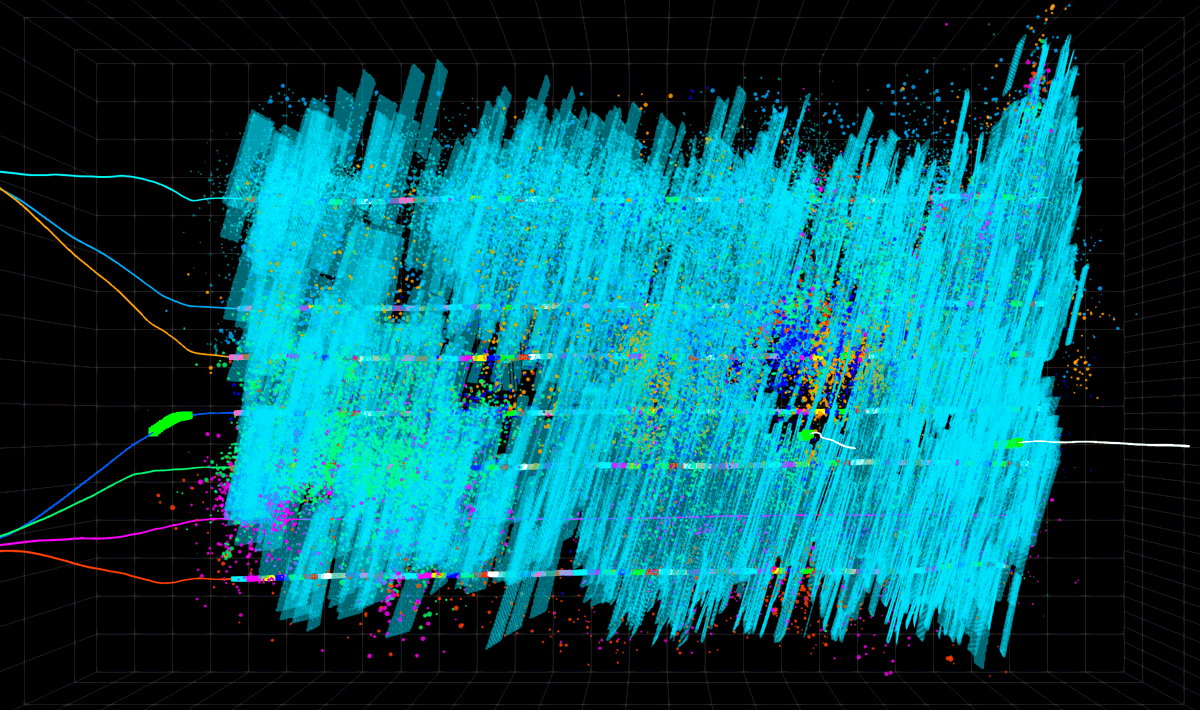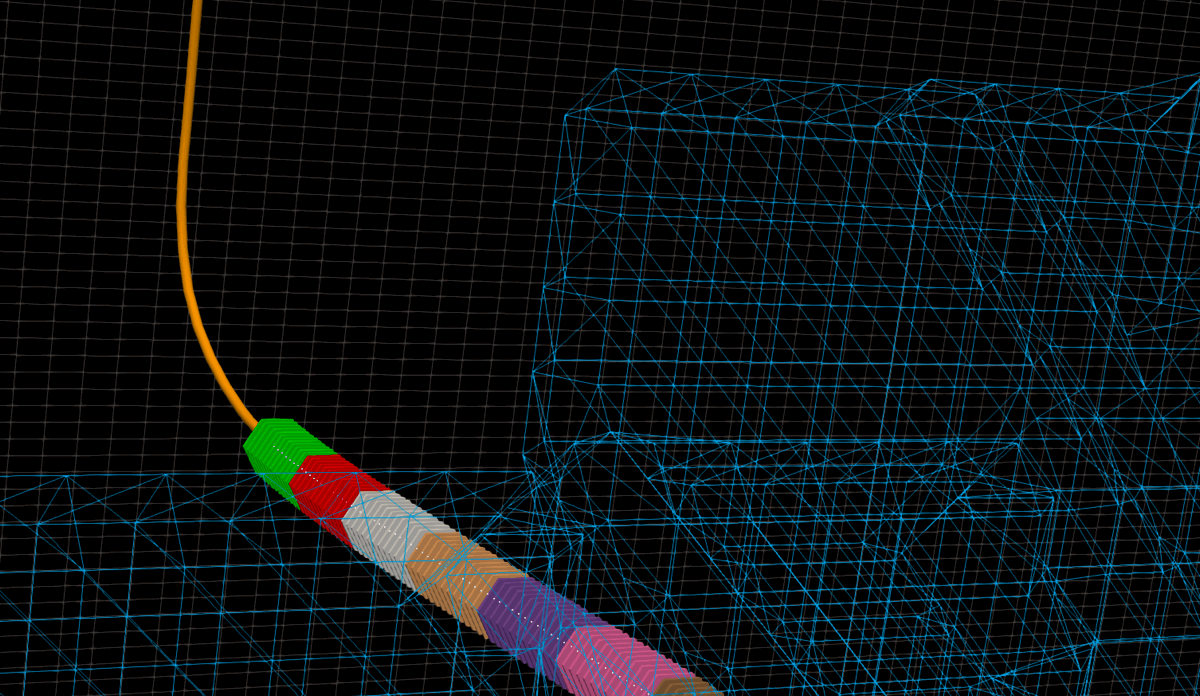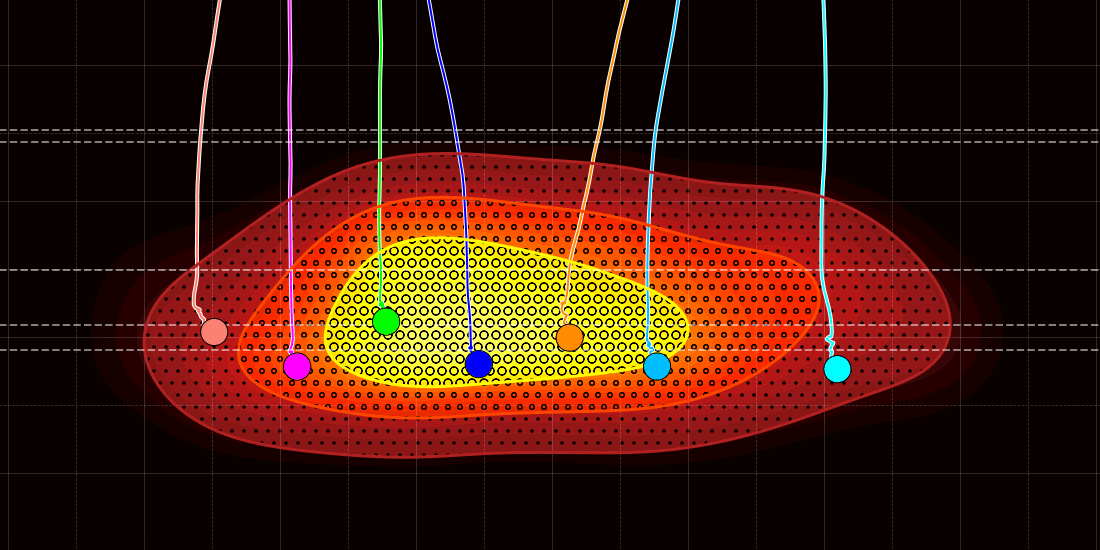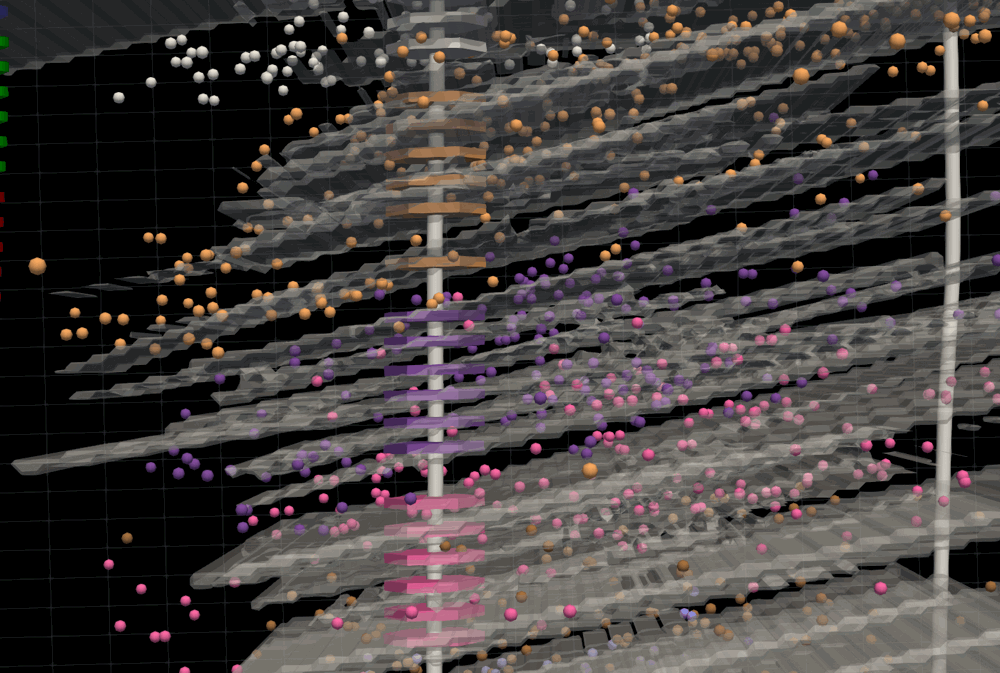High-Resolution Imaging ofFracture Geometry and Conductivityin Unconventional Reservoirs
Visualize fracture growth, depletion effects, inter-well communication, and more — using your newly acquired or existing microseismic data.

Visualize fracture growth, depletion effects, inter-well communication, and more — using your newly acquired or existing microseismic data.

Reveal the Fracture Network. Unlock Reservoir Potential

Analytics That Drive Better Completion Decisions

No black boxes. Just physics-based imaging and reproducible analytics
